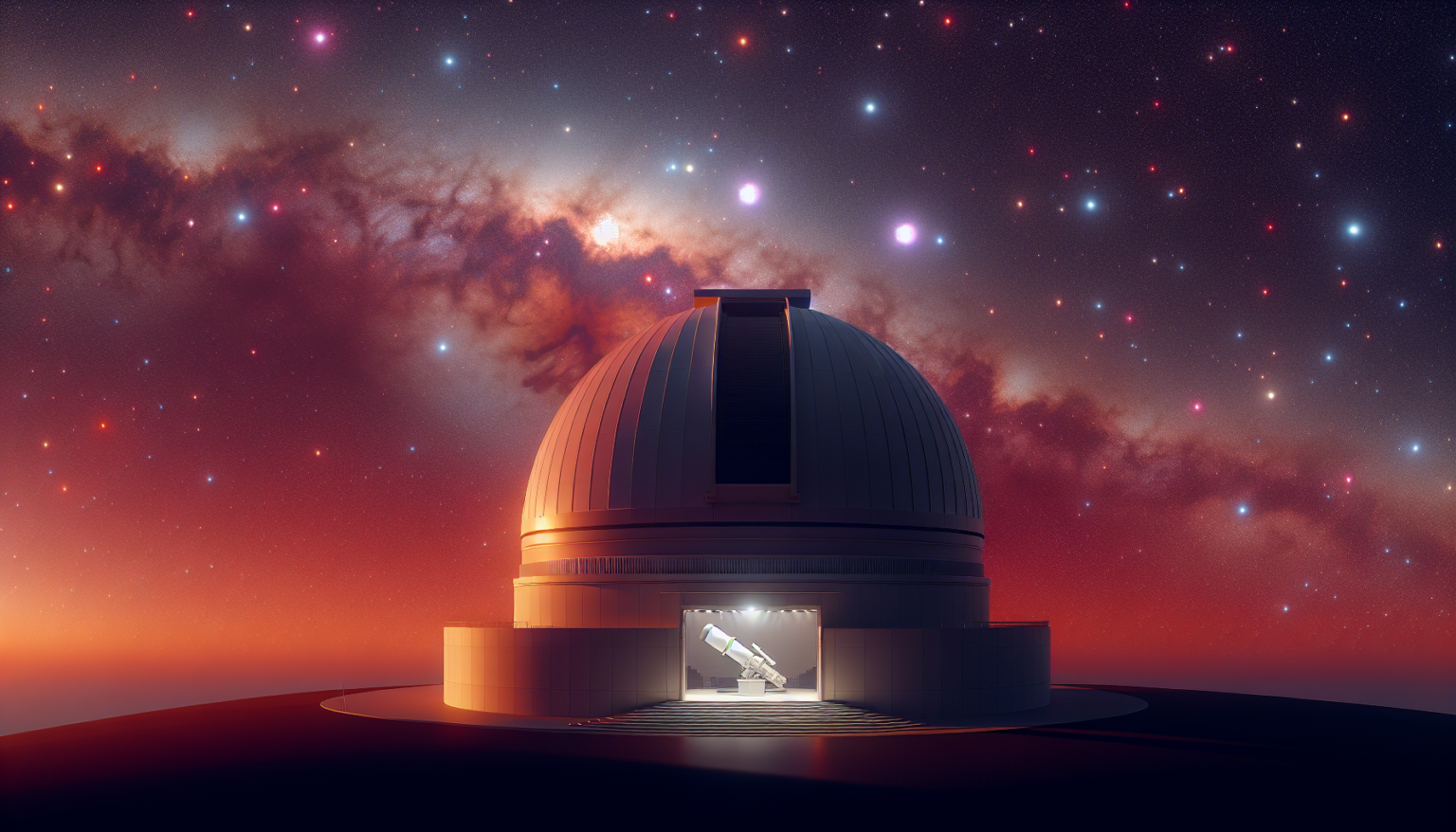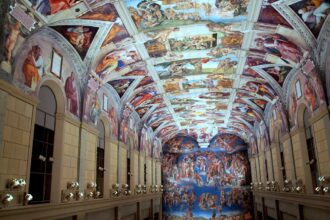The Vera C. Rubin Observatory in Chile is preparing to unveil its first images on June 23, 2025. The observatory houses the world’s largest digital camera, which has a 3,200-megapixel sensor and can capture details as small as a golf ball from 15 miles away.
The camera, assembled at the Stanford Linear Accelerator Center in California, measures five meters across and weighs over three tons. It is designed to catalog 20 billion galaxies over the next decade, capturing 1,000 images per night. The First Look event at the observatory will showcase a set of large, ultra-high-definition images and videos.
The unveiling will be broadcast live on the Vera C. Rubin Observatory’s channel at 11 am EDT on Monday, June 23, 2025. Watch parties featuring a public viewing of the live stream will be held at numerous venues around the world.
The Vera C. Rubin Observatory’s telescope will conduct a 10-year survey of the southern sky, known as the Legacy Survey of Space and Time (LSST).
First images event unveiling
It will capture images in near-ultraviolet, optical, and near-infrared wavelengths, creating a vast timelapse of the Universe by recording sections of the sky approximately 800 times. This process will generate about 20 terabytes of data every 24 hours, expecting to collect around 60 petabytes of raw image data over the course of the survey. Rubin’s capabilities are set to revolutionize our understanding of the Universe.
The observatory’s combination of speed, wide field of view, and sensitive camera will enable the detection of exceedingly rare astronomical events for the first time. Public events surrounding the release will include live unveilings and immersive experiences. Watch parties hosted at planetariums, universities, and museums globally will feature three-dimensional virtual tours of the observatory and its surroundings.
U.S. planetariums participating in these watch parties include the Adler Planetarium in Chicago, the CCNY Planetarium at the City College of New York, and several others across the country. During the events, attendees will witness high-resolution time-lapse “movies” of the visible sky, offering a detailed view of the universe. The observatory aims to map the Milky Way, catalog the solar system’s asteroids and comets, and study dark matter through its gravitational effects on visible matter such as galaxies and galaxy clusters.
Interested individuals can join the livestream from the comfort of their homes or host their own watch parties, gaining access to virtual 3D models of the observatory and planetarium-dome-sized feeds of the events. This grand unveiling promises to provide rare insights into distant galaxies and celestial phenomena, fostering a deeper understanding of the universe and our place within it.













